1. The Lesbian Love Scene in Frida Was the Result of Harvey Weinstein’s Rejected Advances
The biographical film about Frida Kahlo, the iconic Mexican painter, seemed like a role tailor-made for Salma Hayek. The alluring actress (still undeniably captivating despite her age) eagerly accepted the opportunity to star in this production, unaware that she would face not only an artistic challenge but also a predatory figure. The producer of Frida was Harvey Weinstein, who, true to his reputation, sought to exploit his position of power.
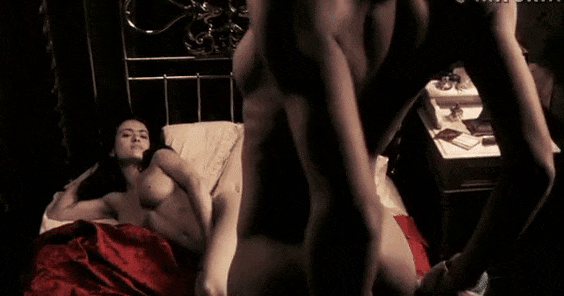
According to Hayek’s account, Weinstein persistently harassed her, bombarding her with increasingly inappropriate propositions. When she resolutely rejected him, he reacted with verbal aggression and apparently became fixated on humiliating her. To this end, he pressured the film’s team to include as many lesbian sex scenes as possible. Hayek, for whom this role was intended to be the magnum opus of her career, was left with no choice but to accept these altered conditions. Furthermore, she was compelled to perform a scene that required her to appear on camera entirely nude, leaving her no room to refuse.
2. “Romeo and Juliet” – An Underage Bust and a $500 Million Lawsuit
In 1968, Italian director Franco Zeffirelli stepped behind the camera for another adaptation of Shakespeare’s classic “Romeo and Juliet,” casting very young actors Leonard Whiting and Olivia Hussey in the title roles. It was no secret that one of the scenes would suggest an intimate encounter between the characters. However, the director didn’t share the details of this delicate matter with anyone, only assuring that the fragment would be tasteful and viewers wouldn’t see any nudity. Things turned out differently.
Whiting and Hussey, who was only 15 years old at the time of filming, didn’t see the finished film until the official and ceremonial premiere, which was attended by many distinguished guests, including the royal family. It was then revealed that the “bedroom” scene was somewhat more frivolous than Zeffirelli had promised. Not only did it clearly look like the young characters had just finished passionate lovemaking, but contrary to the director’s assurances, the camera beautifully captured Hussey’s bare breast.
After this traumatic experience, the actress reportedly developed anxiety, and both actors accused Zeffirelli of fraud and sexual misconduct. There would be nothing strange about this if it weren’t for the fact that the lawsuit was filed… 55 years after the film’s premiere. As expected, the court rejected the absurd claims for $500 million in damages, but this doesn’t mean the artists have accepted this decision. As you read this, Whiting and Hussey are planning to sue the publisher of the refreshed DVD version of “Romeo and Juliet.”
3. “Promises! Promises!” – The Film That Sparked a Moral Scandal and Sent Hugh Hefner to Jail
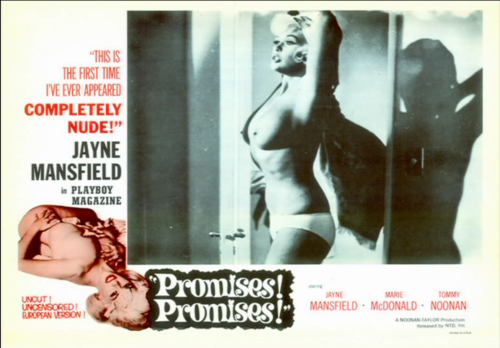
4. “Basic Instinct” – When White Underwear Reflected Too Much Light
Everyone remembers the infamous scene from “Basic Instinct.” Yes, that scene where Sharon Stone’s character sits in the police interrogation room and, seemingly by accident but with complete disregard for basic propriety, reveals herself to the assembled police officers (and by extension, the film’s audience).

Initially, Stone wore underwear during filming, but director Paul Verhoeven determined that the white undergarment was too reflective under the lights, making it too noticeable in the shot. He asked Stone to remove it, promising that shadows would obscure any explicit content. As audiences would later discover, that wasn’t exactly how things turned out.
When Stone first saw the final cut, she realized she had fallen victim to calculated deception. In a moment of fury, she reportedly slapped Verhoeven across the face. However, years later, she would acknowledge that the director had made the right artistic choice, admitting that the scene had become an iconic moment in cinema history.
“Well, at least now everyone knows I’m a natural blonde…” she would later joke, though she maintained her disappointment with Verhoeven’s manipulative approach to obtaining the shot.
This incident raises important questions about trust, consent, and artistic vision in filmmaking. While the scene became one of the most memorable moments in 1990s cinema and helped establish Stone as a major Hollywood star, it also highlighted the complex power dynamics between directors and actors. The controversy surrounding this scene has become a significant part of film history, often cited in discussions about ethics in filmmaking and the boundaries between artistic expression and personal dignity.
The story also illustrates how a single directorial decision – ostensibly made for technical reasons – can have far-reaching consequences for both the film and the performers involved. Stone’s ability to eventually find humor in the situation while still maintaining her criticism of the methods used to achieve it demonstrates the complex nature of such controversies in the entertainment industry.
5. “Zack and Miri Make a Porno” – When The Director Had to Explain a Fecal Scene Using Jackass as Defense!
Kevin Smith’s films often reward repeated viewings, and this one is no exception. The romantic comedy follows two broke friends who decide to venture into amateur adult filmmaking to solve their financial troubles. While Smith’s signature humor typically walks the line of good taste without crossing it too egregiously, one particular scene in this film caused quite a stir.
The scene that troubled the MPAA (Motion Picture Association of America) showed two adult film actors performing a scene while the camera operator filmed from below. Due to some unfortunate gastric issues, the actress lost control of her facilities, resulting in an unsavory accident involving the camera operator.
This graphic “fecal incident” nearly caused the film to lose its “R” rating (which allows viewers under 17 to watch with an adult present) in favor of the more restrictive “NC-17” rating (adults only) – a change that would have been devastating for the film’s commercial prospects. However, Smith wasn’t about to accept this without a fight, and he appeared at the ratings hearing with an ingenious defense strategy.
His argument went something like this: “Ladies and gentlemen, we all agree that the fake excrement that landed on my actor’s face is movie magic, right? It’s not real – we mix oatmeal with some food coloring… Now, a film called ‘Jackass’ was recently released where one of the performers wears a special ‘farting helmet,’ and someone actually farted into it so hard that real excrement sprayed onto a human being’s face! That’s not fiction – it really happened! And gentlemen, that film has an R rating. If that real excrement got an R rating, how can you possibly object to fake poop?”
The creative defense worked, and the controversial scene remained in the film with an R rating. This amusing incident highlights the sometimes arbitrary nature of film ratings and the creative arguments filmmakers must make to protect their artistic vision. It also demonstrates Smith’s characteristic wit in handling potentially controversial material and his ability to use logic (albeit unusual logic) to defend his creative choices.
The story has become a favorite among film buffs as an example of how filmmakers sometimes have to fight absurdity with absurdity when dealing with ratings boards, and how the standards for what’s acceptable in cinema can sometimes seem inconsistent or arbitrary.



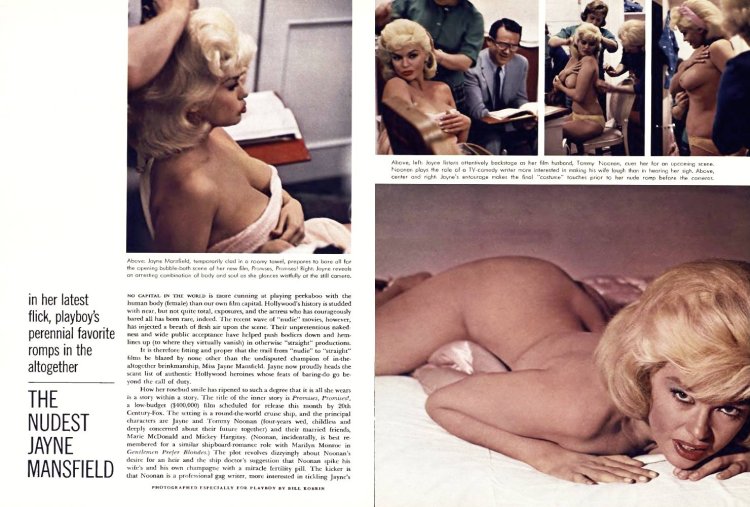
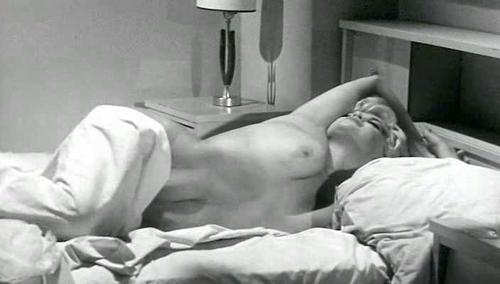
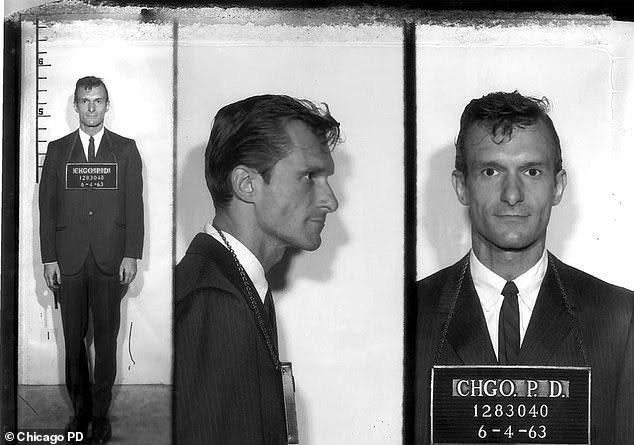

0 Comments